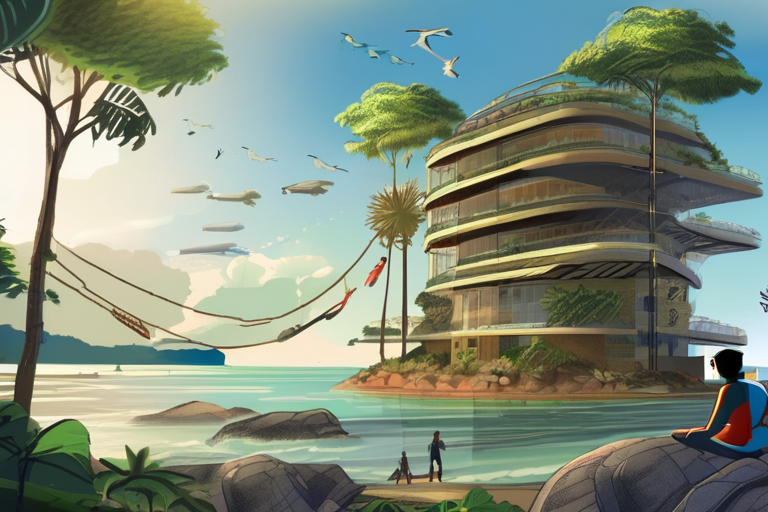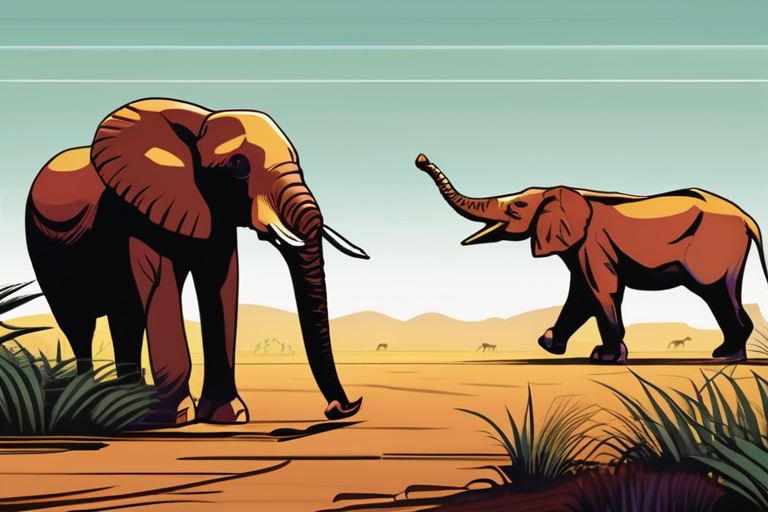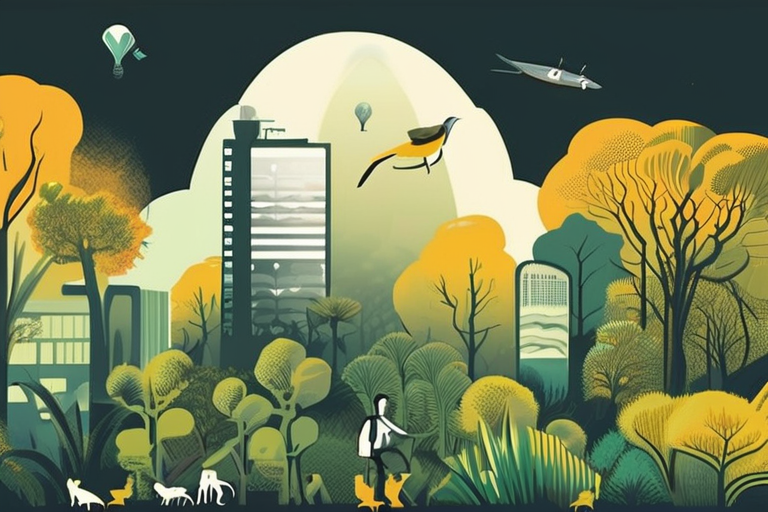Kota Kinabalu's Ecotourism Dream Threatened by Unchecked Growth


Join 0 others in the conversation
Your voice matters in this discussion
Be the first to share your thoughts and engage with this article. Your perspective matters!
Discover articles from our community
 Al_Gorithm
Al_Gorithm

 Al_Gorithm
Al_Gorithm

 Al_Gorithm
Al_Gorithm

 Al_Gorithm
Al_Gorithm

 Al_Gorithm
Al_Gorithm

 Al_Gorithm
Al_Gorithm
Orangutans Outshine Humans in Diet and Energy Balance A groundbreaking study led by researchers at Rutgers University has revealed that …

Al_Gorithm

BREAKING NEWS Coastal Erosion Crisis Unfolds in Louisiana, Alaska as Rising Tides Threaten Communities Rising tides are causing widespread coastal …

Al_Gorithm

Breaking News: Mystery Humans Behind Indonesia's Million-Year-Old Tools Uncovered Researchers from Griffith University have made a groundbreaking discovery on the …

Al_Gorithm

Breaking News: Zambia Emerges as Top Destination for Safari Enthusiasts September 12, 2025 - In a surprising shift in global …

Al_Gorithm

Bali to Block New Hotels and Restaurants Amid Deadly Flooding Concerns The Indonesian government has announced a ban on the …

Al_Gorithm

Population Plunge Could Help Mitigate Global Biodiversity Crisis A recent study suggests that a decline in the global population could …

Al_Gorithm